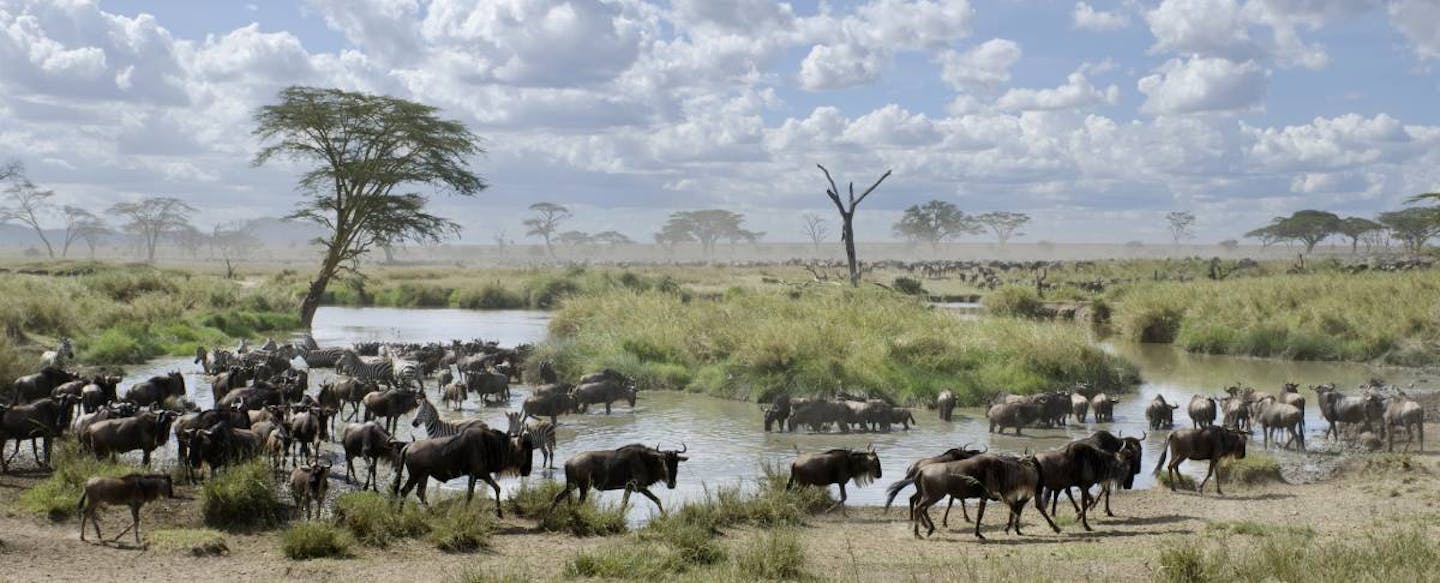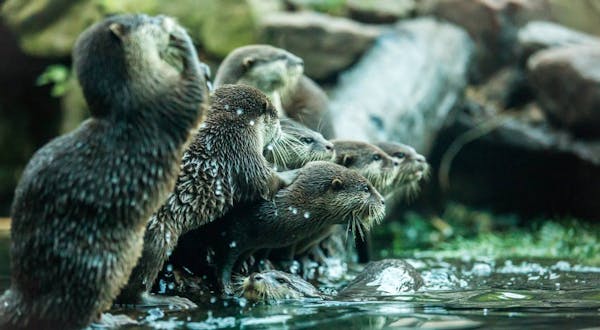Launching the UN Decade of Ecosystem Restoration with the Rewilding & Climate Initiative
Restoring wildlife is essential for solving the climate crisis. Today, as a part of an important public discussion on humanity’s relationship with nature, global experts launched the groundbreaking Rewilding & Climate Initiative. It sets forth a first-ever global nature restoration target of 150 GtC in carbon removal through 2100. This target will help achieve the 1.5°C limit in global average temperature by accelerating the identification of wilderness restoration and rewilding opportunities.
The Rewilding and Climate Initiative is kicked-off by a webinar discussion, “Animating the Carbon Cycle,” hosted by the WILD Foundation’s Global Rewilding Alliance in cooperation with One Earth and Re:wild (formerly the Global Wildlife Conservation) as a part of the official launch of the UN Decade on Ecosystem Restoration. During the discussion, leading global experts draw linkages between the climate system and biodiversity through well-documented examples that provide scientific backing for the thesis that the reintroduction of keystone species can greatly increase carbon “drawdown” and storage across an array of ecosystem types.
One Earth's Deputy Director Karl Burkart presented a unified climate model developed by German Aerospace Center, the University of Technology, and University of Melbourne that shows the 1.5°C goal is possible through a rapid decarbonization of energy through currently available technologies combined with natural climate solutions. Reforesting and restoring degraded lands in both tropical and temperate regions along with better forest management and tree cropping on agricultural lands could get us theoretically to 140 GtC. But by rewilding -- reintroducing keystone species in these regions -- significantly more carbon could be removed.
The carbon-capturing capabilities of animals has a huge potential that researcher Oswald Schmitz from the Yale School of the Environment believes we are missing. His findings show that failing to consider animals may, on average, over or underestimate carbon budgets by 50 to 75 percent. The wildebeest of the Serengeti provide a great example. Their numbers historically were 1.2 million but were drastically reduced to 300,000 by livestock-transmitted disease. The vegetation that these herders used to graze on dried out and then became fuel for mass wildfires. By rewilding wildebeests, the Serengeti went from a CO2 producer to a net carbon sink.
Other examples of rewilding achievements include the reintroduction of boreal wolves to control moose populations. Forests with healthy wolf populations increase their carbon storage by 32 percent. African forest elephants in the Congo Basin trample the jungle undergrowth, allowing larger, more carbon-dense trees to flourish. Models indicate that getting this particular elephant species back to original population levels could increase carbon uptake by 1.7 gigatonnes annually. To put this in perspective, that equates to Russia’s yearly emissions from fossil fuels.
Marine life, such as turtles and sea otters, also contribute greatly to carbon mitigation. Steven Lutz, Senior Programme Officer at GRID-Arendal, points out the benefits of great whales. Each whale stores 22 tonnes of carbon in its lifetime, which is equivalent to 1,000 trees and valued at $2 million USD. Protecting and restoring kelp forests could also provide major carbon removal potential and protect coastal communities from storm surges.
It’s clear that rewilding can be great ally in the fight against the climate crisis, and it’s time to change the narrative around wildlife conservation. Instead of framing wild animals as “victims of humanity’s doomed climate voyage” they can be seen as real climate heroes.
Read the ACC Publication


.jpg?auto=compress%2Cformat&h=600&w=600)

